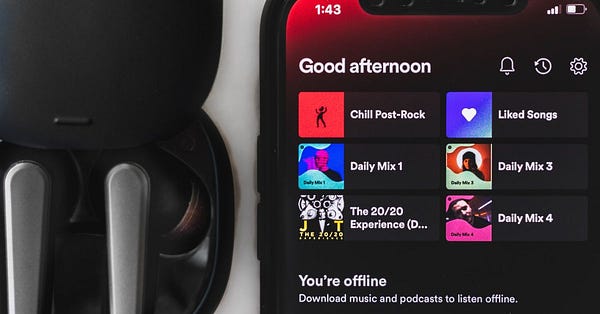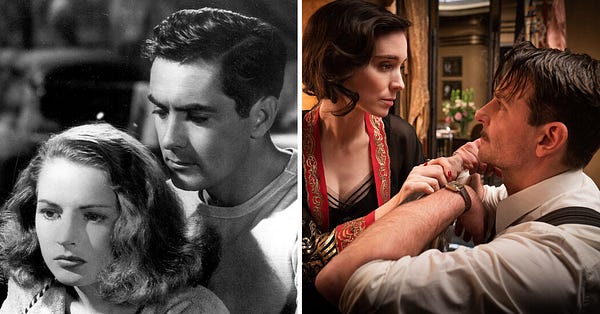14 Warning Signs That You Are Living in a Society Without a Counterculture
A sad story told entirely in tweets
I’ve occasionally mentioned, in interviews and other settings, that we are living in a society without a counterculture. People ask me what I mean by this.
That’s a a reasonable question, but the new normal defies simple explanation. At some point, I hope to write in-depth on this subject. But today I will simply offer a quick definition, and then share 14 tweets.
These capture the flavor of what I’m trying to express better than any long-winded analysis.
First, here’s a quick definition. These are the key indicators that you might be living in a society without a counterculture:
A sense of sameness pervades the creative world
The dominant themes feel static and repetitive, not dynamic and impactful
Imitation of the conventional is rewarded
Movies, music, and other creative pursuits are increasingly evaluated on financial and corporate metrics, with all other considerations having little influence
Alternative voices exist—in fact, they are everywhere—but are rarely heard, and their cultural impact is negligible
Every year the same stories are retold, and this sameness is considered a plus
Creative work is increasingly embedded in genres that feel rigid, not flexible
Even avant-garde work often feels like a rehash of 50-60 years ago
Etc. etc. etc.
This is a deep matter, and I won’t try to unlock all the nuances here. I will now simply share 14 tweets that capture the stale taste of life without a counterculture. Some of these tweets are my own, others from total strangers—but they all paint the same overall picture.
The Honest Broker is a reader-supported guide to music, books, and culture. Both free and paid subscriptions are available. If you want to support my work, the best way is by taking out a paid subscription.
You might be living in a society without a counterculture if. . . .
(A story told in 14 tweets)
1. Every screen shows the same movie.
2. Alt Weeklies disappear in every city—along with everything else that’s alternative or outside the norm.


3. The most popular song doesn’t change for three years in a row.
4. The banal word ‘content’ is used to describe every type of creative work, implying that artistry is generic and interchangeable.


5. There are lots of journalists, but they all seem to be working for the same corporations.


6. The dominant company in the creative culture views everything as a brand extension.
7. Indie music and alt music are marginalized.


8. Telling jokes becomes a dangerous profession.
9. The experts who ‘explain’ the culture to us all seem to be insiders with identical backgrounds.


10. This year’s movies look a lot like last year’s movies.
11. Even elite awards for creativity are dominated by reboots and remakes.


12. Five companies have almost complete control over the book business—where, in an earlier day, dozens of indie publishers thrived.

13. Everybody is encouraged to watch the same TV shows and movies—with niche options gradually removed from the dominant platforms.


















Interesting that you write this the same week the George Carlin documentary arrived. If you want to know what counterculture used to be, he even ranted against "Save the Planet" when that became too much of a mainstream, toothless movement for him. (As a side note, it's scary and sad how relevant even his 80s/90s material still is.)
Please, please, please give us a long-winded, in-depth analysis!